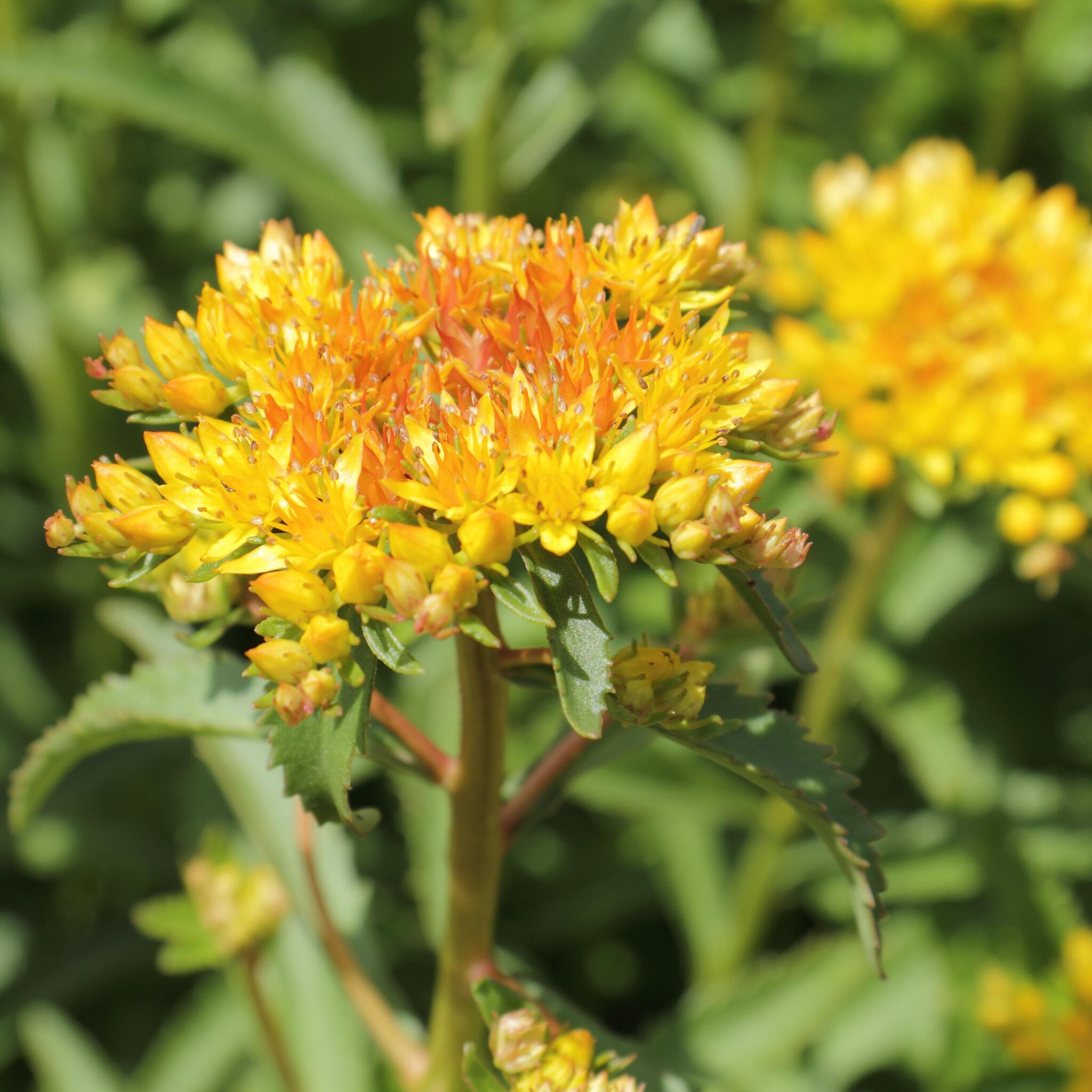

Unfortunately, you’d be hard pressed to find a person who doesn’t deal with stress on at least a somewhat regular basis. Whether it has to do with money, work, relationships, or something else entirely, stress can take a toll on both our physical and mental wellbeing.
For those who are unable to get a handle on it, it can often result in unhealthy coping mechanisms and behaviors. On top of that, it can lead to detrimental effects on our physical and mental health, like depression, insomnia, high blood pressure, a weakened immune system, and much more.
While smart lifestyle changes and effective stress-busting practices are essential for coping with stress, supplements can also be key. They can help our body physically deal with the symptoms of stress, and influence us to establish healthy habits and make better daily choices when it comes to our overall wellness.
If you are finding it difficult to cope with stress in your life, you might want to check out one of these top supplements for stress relief.
1. Ashwagandha
Ashwagandha is an important player in Ayurveda, one of the oldest systems of medicine. While it has been used for thousands of years, it has gained noticeable popularity in western culture in more recent years, particularly due to its ability to reduce stress levels.
The plant is a small shrub with flowers, and supplements are made from the roots and leaves. Ashwagandha is classified as an adaptogen, meaning it helps the body cope with stress to return to a balanced, well-functioning state.
A 2017 study found that participants who took the supplement were able to reduce their levels of stress by 44% – compared to just 5.5% by the participants who took a placebo.
Another study found that the supplement helped participants lower their cortisol (the stress hormone) levels by up to 30%.
2. Magnesium
While people are able to get enough magnesium with a well-balanced diet, many do not eat enough magnesium-rich foods (such as spinach, almonds, cashews, pumpkin seeds, and black beans) to get the appropriate levels.
Magnesium is essential for proper nerve and muscle functioning. Research has shown that magnesium plays a part in the regulation of stress responses.
A 2012 study also showed that magnesium supplements helped participants get a more restful night’s sleep—which is important considering sleep and stress often affect each other.
3. Cannabis
CBD is a popular product for fighting stress. While there are a variety of ways you can take CBD, some of the most popular application styles include CBD tinctures, capsules, and even bath bombs.
CBD interacts with the endocannabinoid system, which is responsible for a variety of physiological tasks, including regulating adrenaline and cortisol. When CBD is introduced to the system, it can help to balance out these functions and bring the body to homeostasis, ultimately relieving stress.
People may choose to take CBD as a treatment when they are experiencing bouts of stress. Those who deal with chronic stress may also choose to take it on a regular basis to help regulate their symptoms and keep stress levels in check.
4. Rhodiola
Rhodiola is another popular adaptogen. The plant grows in mountainous regions of Europe, Asia, and the Arctic. The root of the plant contains over 140 active ingredients, and is used to create the stress-busting supplement.
A 2009 study of doctors working night shifts found that rhodiola was helpful for reducing stress and increasing alertness, as well as fighting stress-related fatigue.
Another 2012 study also backs up these findings, showing that stressed-out participants who took the supplement for 4 weeks exhibited improvements in symptoms of stress. These symptoms started improving within 3 days, and continued over the course of the study.
5. Valerian Root
Valerian is a perennial plant, and the root has been used for thousands of years in ancient medical systems. It has been dubbed “nature’s Valium”, and has become a popular alternative to drugs prescribed for fighting anxiety, stress, nervousness, and insomnia.
It is believed to increase the amount of gamma aminobutyric acid in the brain – a chemical that helps regulate nerve cells. It has a gentle sedative effect, and therefore it is recommended that people take it at night to help promote a good night’s sleep.
6. Vitamin B Complex
B complex supplements contain all 8 B vitamins. While these vitamins can be consumed through diet alone, some may not be getting the full spectrum of B vitamins.
This is especially true of vegetarians and vegans, as B12 is found in meat, seafood, and dairy. B complex vitamins are primarily used to reduce fatigue and boost overall mood.
One 2010 study found that, over a period of 33 days, participants who took the supplement showed improved mental health and stress levels.
In Conclusion
Work, money, relationships—all these things cause stress. But there are natural remedies available to help you achieve better internal balance. Just be sure to check with your healthcare provider before beginning a new supplement, especially if you’re on other medications.
- The 5 Best Ways to Rehydrate Quickly - EcoWatch
- Can Supplements Help Fight COVID-19? Here’s What We Know - EcoWatch
- Can Supplements Help Fight COVID-19? Here’s What We Know - EcoWatch

 233k
233k  41k
41k  Subscribe
Subscribe 